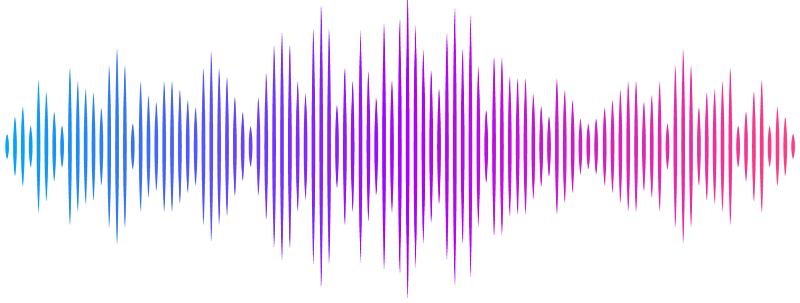Using gene complementation to identify a SulP-family bicarbonate transporter in an N2-fixing cyanobacterial endosymbiont of an open ocean diatom

Using gene complementation to identify a SulP-family bicarbonate transporter in an N2-fixing cyanobacterial endosymbiont of an open ocean diatom
Nieves-Morion, M.; Romero-Garcia, R.; Bardi, S.; Lopez-Maury, L.; Hagemann, M.; Flores, E.; Foster, R. A.
AbstractThe Diatom Diazotrophic Associations (DDAs) contribute significantly to new and primary production in oligotrophic oceans. These symbioses involve diatoms and N2-fixing, heterocyst-forming cyanobacteria of the genus Richelia, both partners being photosynthetic. Richelia euintracellularis resides in the cytoplasm of Hemiaulus hauckii, whereas Richelia intracellularis is periplasmic in Rhizosolenia clevei. In the ocean, bicarbonate is taken up by phytoplankton to provide CO2 for photosynthesis. The genomes of both Richelia endobionts (ReuHH01 and RintRC01, respectively) contain genes encoding SulP-family proteins, which are oxyanion transporters. To study the possible involvement of these transporters in bicarbonate uptake, we used complementation of a Synechocystis sp. PCC 6803 mutant with its five bicarbonate or CO2 uptake systems inactivated, which is unable to grow in air levels of CO2. Three genes from RintRC01 and one gene and a DNA fragment containing four partial gene sequences from ReuHH01 were chemically synthesized, cloned under the control of a strong gene promoter and incorporated in the chromosome of the Synechocystis mutant. One gene from R. intracellularis, RintRC_3892, complemented the Synechocystis mutant to grow with air levels of CO2 or with low bicarbonate concentrations. The complemented strain showed strong sodium-dependent, low affinity bicarbonate uptake, which, together with phylogenetic analyses, identified RintRC_3892 as a BicA protein. Additionally, RintRC_3892 transcripts were consistently detected in environmental samples from three different ocean basins. No evidence for a bicarbonate transporter was found, however, for the other endobiont, R. euintracellularis, suggesting different strategies for inorganic carbon uptake in the periplasmic and cytoplasmic endobionts.